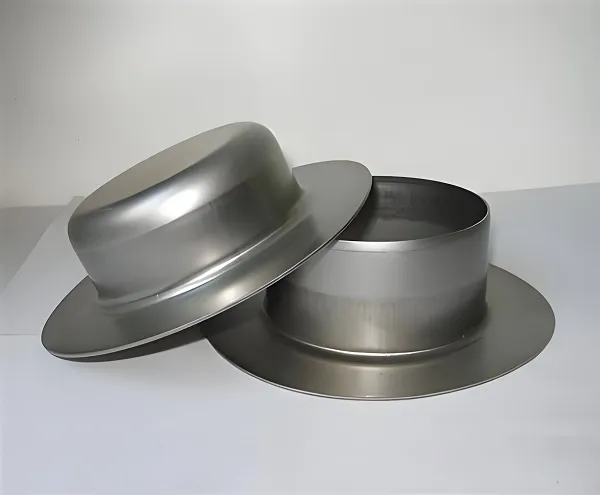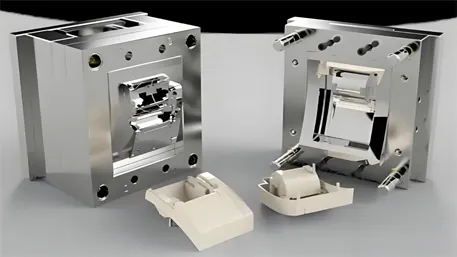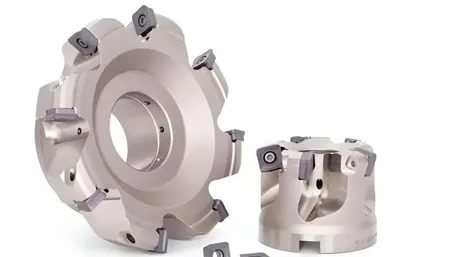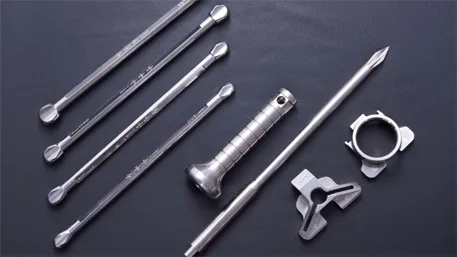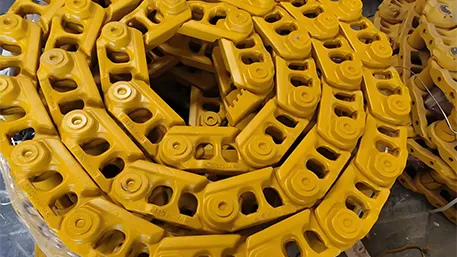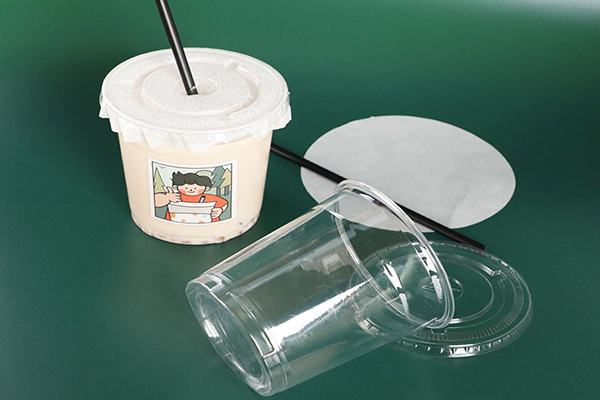Against the backdrop of the manufacturing industry’s increasingly stringent requirements for component precision, cost, and production efficiency, custom zinc alloy die cast accessories have emerged as a popular choice across numerous sectors. Boasting exceptional molding precision, superior surface quality, and low production costs, these accessories offer versatile solutions. This article delves into the technical processes, material properties, quality control measures, and practical applications, providing an in-depth look at professional custom zinc alloy die casting solutions.
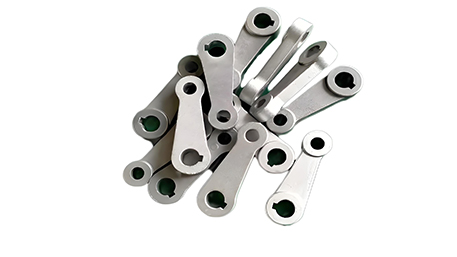
- Precise Pressure-Speed Matching: Employing 300 – 1,500-ton servo die casting equipment, injection pressures can be flexibly adjusted within the range of 8 – 80 MPa. This ensures that molten zinc alloy fills the molds rapidly and evenly at speeds between 3 – 25 m/s. For complex zinc alloy accessories, precision molding with a minimum wall thickness of 0.5 mm can be achieved, effectively meeting the design requirements for miniaturized and lightweight products.
- Rigorous Temperature Control: The mold temperature control system achieves an accuracy of ±3°C, while fluctuations in the zinc alloy melting temperature are strictly maintained within ±5°C. Through real-time temperature monitoring and intelligent adjustment, the incidence of defects such as cold shuts and shrinkage cavities is significantly reduced, with the finished product qualification rate stably remaining above 97.5%.
- Guaranteed Dimensional Accuracy: Strictly adhering to the GB/T 6414 – 1999 standard, general dimensional tolerances are controlled at CT4 – CT6 levels (e.g., ±0.25 mm for an 80-mm dimension). With high-precision molds, an even higher CT3 level of accuracy (±0.12 mm) can be achieved, providing strong support for the precise assembly of accessories.
- Optimal Material Selection and Enhancement: H13 hot work die steel is selected and nitrided, increasing its hardness to 52 – 56 HRC. Paired with a PVD (Physical Vapor Deposition) coating (thickness 1 – 3 μm), the mold’s thermal fatigue resistance is significantly enhanced, extending its service life to over 500,000 cycles and effectively reducing long-term production costs.
- Digital Design and Manufacturing: Professional software such as SolidWorks and Moldflow are used for mold flow analysis and design optimization. For the complex shapes of zinc alloy accessories, gate positions are precisely optimized (error controlled within ≤0.15 mm), reducing runner system pressure loss to 6%. This minimizes material waste and improves molding quality and production efficiency.
- High-Wear-Resistant Zinc Alloy: By adding trace amounts of copper and magnesium elements, the ZA27 zinc alloy is modified to increase its hardness to 140 HB and enhance wear resistance by 40%. This makes it suitable for mechanical transmission accessories that require frequent friction, such as small bearing housings and slide rail sliders.
- High-Toughness Zinc Alloy: Through optimizing the composition ratio of ZA8 zinc alloy, the elongation is increased to 8%, effectively enhancing the impact resistance of accessories. It can be used to manufacture outdoor equipment accessories prone to external impacts, such as door locks and hinges.
- Material Testing: Direct-reading spectrometers (accuracy 0.01%) are used for precise analysis of zinc alloy composition, strictly controlling impurity levels. Hydrogen-oxygen analyzers ensure that the hydrogen content in molten zinc is ≤ 0.1 ml/100 g, eliminating defects such as porosity and looseness from the source.
- Dimensional and Geometric Tolerance Inspection: Coordinate Measuring Machines (accuracy ±0.003 mm) conduct full-size scanning inspections of zinc alloy accessories. Critical dimensions are 100% inspected, while non-critical dimensions follow the AQL = 0.4 sampling standard in GB/T 2828.1, ensuring the dimensional accuracy and assembly performance of accessories.
- Internal Defect and Performance Testing: X-ray flaw detectors (resolution ≤0.1 mm) detect internal shrinkage cavities, inclusions, and other defects. Tensile, fatigue, and other mechanical property tests are performed on load-bearing accessories to ensure they meet actual usage requirements.
- Case Study: A custom zinc alloy camera bracket for a mobile phone brand, die cast from ZA8 zinc alloy. Each piece weighs only 3.2 g, with a dimensional accuracy of ±0.1 mm and a surface roughness Ra ≤ 0.8 μm.
- Technical Highlights: Vacuum die casting technology is applied to control the internal porosity below 0.1%, ensuring the strength and stability of the bracket. The surface is electroplated with nickel (coating thickness 10 μm), effectively improving wear resistance and corrosion resistance to meet the long-term usage requirements of mobile phones.
- Requirement: Develop high-end zinc alloy door handles for furniture, requiring both aesthetic appeal and durability.
- Solution: ZA27 zinc alloy is selected and formed through precision die casting, featuring intricate and elegant patterns. The surface is electrophoresed (coating thickness 12 μm), resulting in a uniform and bright color. It passes a 500-hour salt spray test without corrosion, and the tensile strength of the handle reaches 420 MPa, ensuring long-lasting use without damage.
- Requirement Docking: Respond to customer needs within 12 hours. Through in-depth communication, understand the usage scenarios, performance indicators, and appearance requirements of zinc alloy accessories. Provide a professional DFM (Design for Manufacturability) report, clarifying mold costs and production cycles.
- Mold Development: The standard mold development cycle is 3 – 5 weeks. CAD/CAE collaborative design is adopted, and mold prototypes are quickly produced using 3D printing for verification. The first-piece confirmation time is ≤36 hours.
- Production and Manufacturing: Support small-batch trial production (minimum order quantity 300 pieces). Mass production capacity can reach 300 – 600 pieces per hour (depending on product size), equipped with automated production and detection equipment to monitor the production process in real-time and ensure stable product quality.

